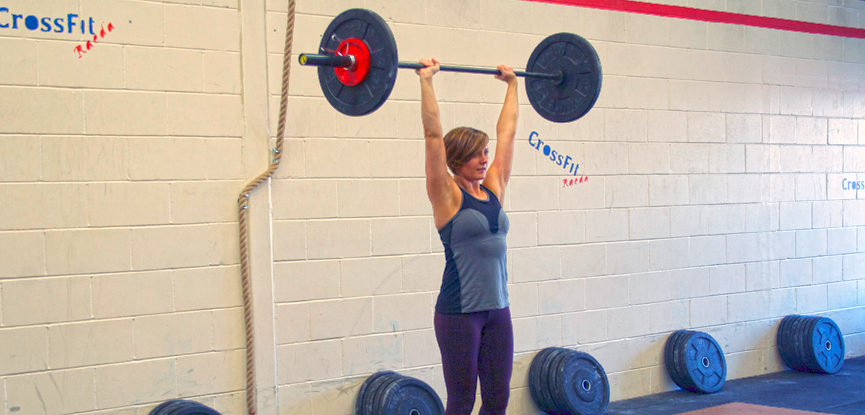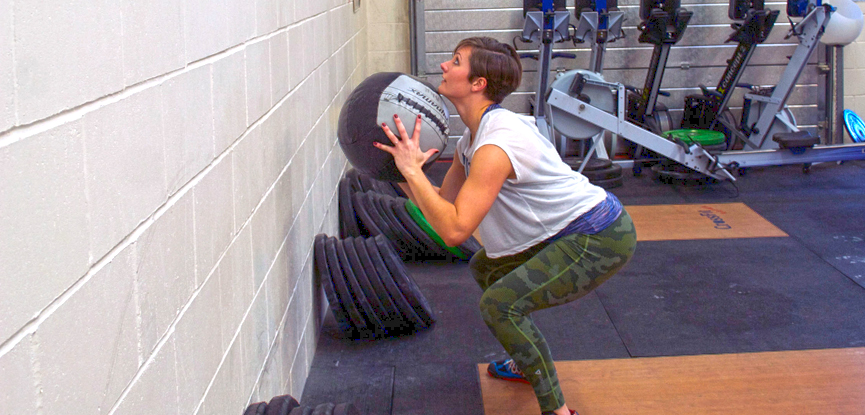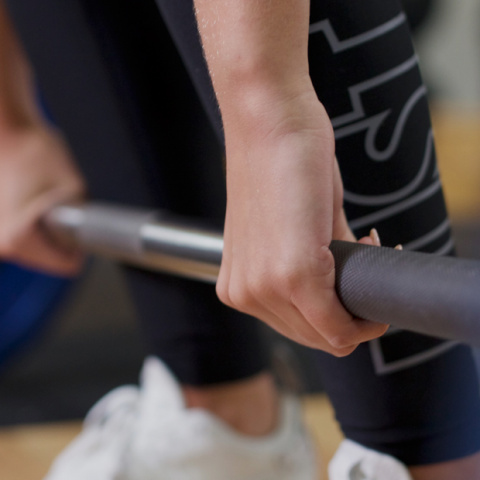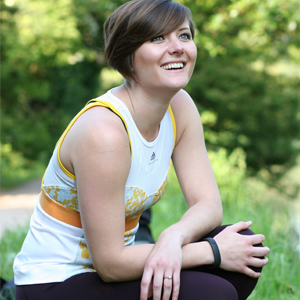Planes of motion are drilled into us fitness professionals right from the start of our fitness careers, but how often do we actually stop to think about whether we’ve covered them all in our training programmes?
Take CrossFit for Example
There’s no denying that CrossFit is gaining momentum in the UK – the number of boxes in the UK doubled between 2013 and 2014, and has grown a further 11% in the past year – but one of the biggest criticisms of CrossFit is the perceived increased injury risk. I am yet to see conclusive evidence that this is the case, but what I do see is a potential for athletes and coaches to step back to basics, and look at the planes of motion as a way to combat these claims.
Assessing the Planes of Motion
Let’s start with the different planes of motion:
- Sagittal – everything involving forward and backward motion (flexion and extension)
- Frontal/coronal – side to side movement (lateral, abduction and adduction)
- Transverse – twisting and turning motions (rotation and horizontal flexion)
Now let’s take a look at some typical CrossFit movements:
- Clean and jerk
- Kettlebell swing
- Wall balls
- Box jumps
- Burpees
All of these are sagittal plane movements.
In fact, so are toes to bar, pull ups, squats, lunges, snatch, running, rowing, Airdyne… the list goes on. The only movement in the CrossFit roster that really crosses over into another plane of motion is the sumo deadlift high pull – and we all know how controversial that exercise is.
Why Are Planes of Motion Important?

It’s a sad fact that if you only ever train in one plane of motion, you’re more likely to wind up injured. Working only in the sagittal plane means potential overuse in the muscles that create these actions, as well as the risk of weaknesses in the muscles not being used. This doesn’t only create an increased risk of injury, it can also negatively impact on overall performance, even in those exercises and movements that we are already competent in.
Often when we think of physical fitness we think of just strength and power (and power is the combination of strength and speed). However, to be a truly well-rounded athlete you need a combination of several elements, including:
- Strength – the extent to which muscles can exert force by contracting against resistance.
- Power – the ability to exert maximum muscular contraction in an explosive burst of movements.
- Agility – the ability to perform movements in rapid succession in opposing directions.
- Balance – the ability to control the body’s position, either stationary or while moving.
- Flexibility – the ability to achieve an extended range of motion.
- Muscular endurance – a single muscle’s ability to perform sustained work.
- Cardiovascular endurance – the heart’s ability to deliver blood to working muscles and their ability to use it.
- Strength endurance – a muscle’s ability to perform a maximum contraction time after time.
- Co-ordination – the ability to integrate the above components so that effective movements are achieved.
Unfortunately, agility and co-ordination, and to some extents balance and flexibility, are slightly lacking in many CrossFit affiliates’ programmes which may explain why some people develop injuries.
What Can You Do About It?

As I alluded to in the 10 Commandments of CrossFit, you shouldn’t limit yourself just to CrossFit. By incorporating multi-directional movements, and challenges to your agility, flexibility and balance, you could become a better CrossFitter.
The following exercises have been selected for their varying planes of motion and proprioceptive and co-ordination input. Try them at home, or in an open gym session at your box, to help you target those neglected areas. And if you’re a coach, why not consider using some of these in your programming?
Rotational Wall Ball Slams – Transverse Plane
I pinched this exercise from one of my coaches at CrossFit Raed, they put on a strength and power conditioning class specifically targeting movements to make us better athletes.
- Standing in an athletic stance (feet shoulder-width apart, hips knees and ankles soft) and with your left side facing the wall a few steps back, hold a light slam ball or wall ball by your right hip.
- Rotate at the waist with power, releasing the ball to hit the wall at waist height. Try to catch it as it rebounds and twist back to the start position.
- Repeat for a total of 5-8 reps, aggressively twisting and throwing the ball in a smooth rotational movement, then swap sides.
Increase the distance from the wall, and/or the weight of the ball, to challenge further.
Cone Weave Drill – Sagittal/Frontal Plane
There are loads of different agility drills you can do with cones, but one simple drill the traditional weave (you can also do a similar exercise with an agility ladder).
- Using about 5-7 cones, space them out about a metre apart.
- Starting to the right of the first cone, run between the first two cones to swap to the left-hand side, then quickly change direction to move between the next two cones to return to the right-hand side.
- Continue until you reach the end of the cones and then return to the start.
Increase or reduce the distance between the cones to change the angle of change of direction.
Side Shuffle and Reach – Frontal Plane
This is a more calm exercise than the first two potentially manic movements!
- Place two cones about 5-6 metres apart.
- Standing in the centre of the cones (with them either side of you) take a low athletic stance with your legs wide apart.
- Shuffle one foot to meet the other until you are within a long reach of the cone – reach out and touch the cone with your hand and then shuffle the other way to the other cone.
- Repeat, keeping as low as possible throughout, for 10-15 reps… or until your thighs are burning!
Increase the distance between the cones, or sink lower to challenge more.
Windscreen Wipers – Transverse Plane
This will challenge your core muscles in a way they might not be used to… prepare for aching sides!
- Lying on the floor on your back with your arms out to the side, raise your legs into a tuck position so your knees are stacked over your hips, and your shins are parallel to the floor.
- Slowly lower your legs to one side, rotating through the waist. Lower as far as possible without lifting your opposite shoulder off the ground. Hold for a second, then return to the centre and twist to the other side. The movement should be slow and controlled.
- Repeat for 10-15 reps.
To increase the challenge, straighten your legs out to 90 degrees from your body, and/or cross your arms over your chest.
Side Star Plank – Frontal Plane
Another for core stability, this time in the frontal (coronal) plane.
- Lying on the floor on your side, prop yourself up onto an outstretched arm and the outside edge of your bottom leg so you’re in a straight line from your head to your feet. Keep your hips elevated and your head in line with your spine. If this is enough of a challenge, stay here.
- If you want more of a challenge, raise your top leg so it’s hovering a couple of feet above the bottom leg, and for a further challenge, lift your top arm to the ceiling.
- Hold for 30-60 seconds.
Additional Exercise Recommendations
Although these exercises can help to add different planes of motion to your programme, it really is important to find balance in your training and work on exercises that will support and complement your goals. Yoga and Pilates are fantastic ways to work on flexibility, strength, balance and co-ordination.


